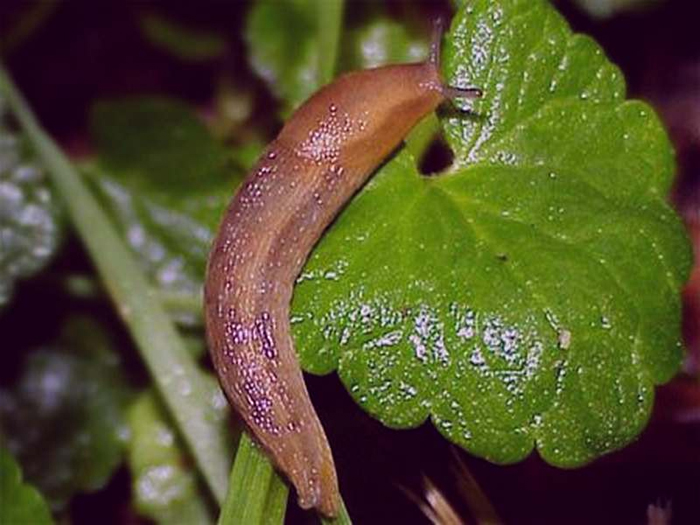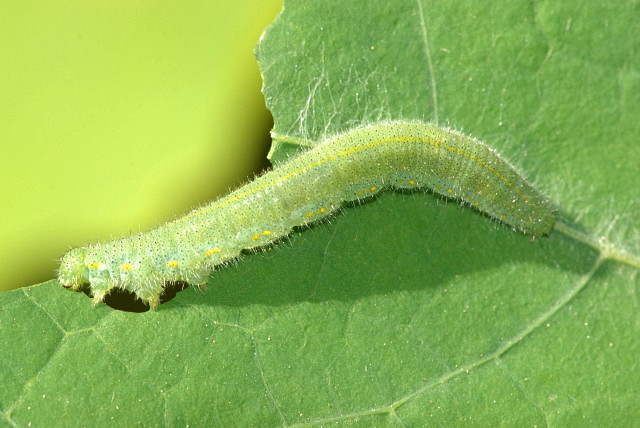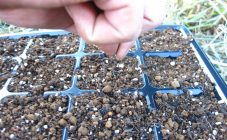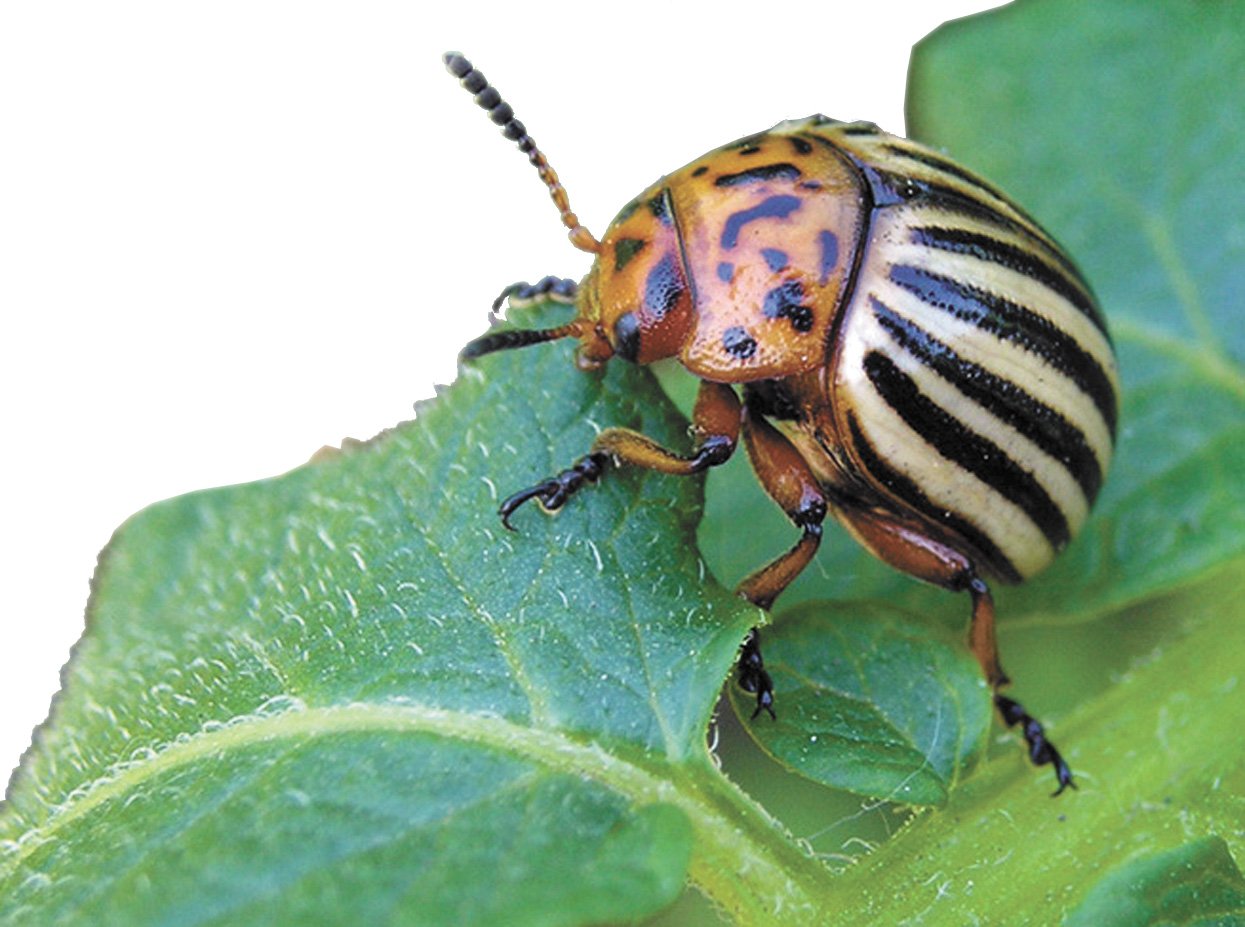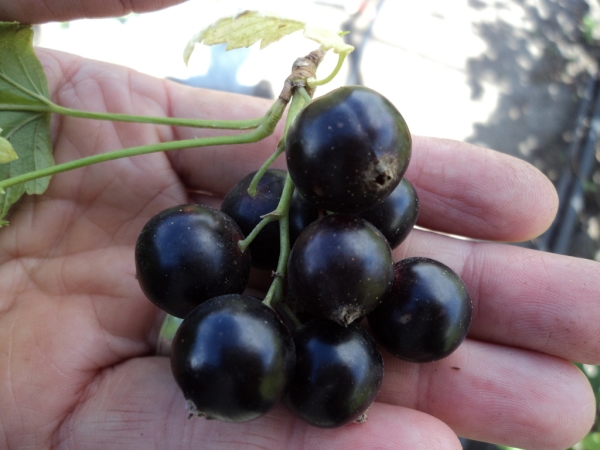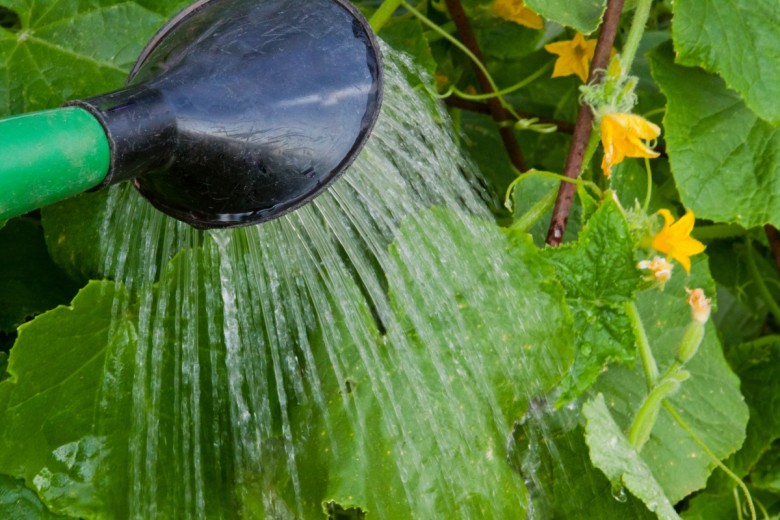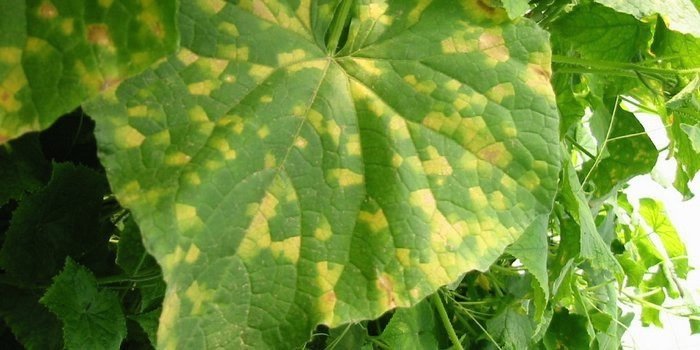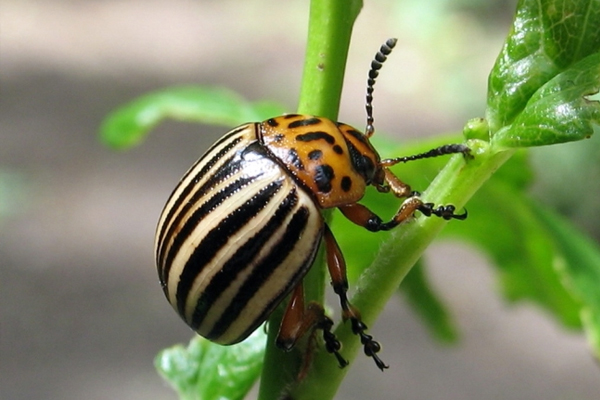Content:
Cabbage is a cultivated plant that is found in every vegetable garden. This tasty and healthy vegetable is used for making salads and main dishes, pickles. However, gardeners do not always manage to harvest a good harvest due to the fact that cabbage is often affected by pests: slugs, snails, caterpillars. How to treat cabbage from caterpillars?
Basic information about culture
The Cabbage family consists of many varieties. Cabbage happens:
- Heady. This subgroup includes white-headed, red-headed, and nomadic;
- Colored. The subgroup consists of cauliflower, broccoli, romanesco;
- Kohlrabi. A plant that forms a turnip-like fruit on the surface. Turnip cabbage is used for making salads;
- Savoy. A distinctive feature of this species is the terry structure of the leaves. Vegetables are used to prepare salads, hot dishes;
- Beijing - an annual plant that is a rosette of leaves. Early ripening varieties are used for preparing salads, late ripening varieties - for fermentation and long-term storage;
- Chinese - early ripening culture. Depending on the characteristics of the variety, it can be in the form of a head of cabbage or a loose rosette. The use of the vegetable is universal;
- Sheet - a biennial plant that forms a stem in the first half of the growing season, 1.5-2.5 cm high, and in the second - 1-1.5 m peduncle. It is divided into flat-leaved and curly-leaved. It is mainly used to decorate various dishes.
Cabbage is divided not only into species, but also into varieties that are early, mid-ripening, late-ripening after the ripening period. There are both ordinary varieties and varieties resulting from the crossing of two varieties. You should choose a type based on the characteristics of the species and your own needs.
How to process cabbage
The scoop, or as it is popularly called the cabbage, lays the larvae inside the heads of cabbage, so it is almost impossible to notice them in time. To protect the crop from these insects, gardeners resort to the following actions:
- Aromatic herbs are planted in aisles: marigolds, calendula, sage, dill, parsley. Due to this trick, the butterfly is not tempted to equip a home in such a "fragrant" place;
- Spread the crushed eggshells over the cabbage leaves. Seeing the white pieces, the insect "thinks" that these plantings are already taken and flies on in search of free plants;
- Pull a net over the bed. The fine mesh prevents cabbages from laying eggs on plants;
- Industrial and home-made traps are set near plants;
- Wrap the stalk with nettles. Crawling insects cannot climb the head of cabbage, as they are afraid of burns;
- Shallow grooves are made around the cabbage and filled with red pepper or lime.
How to treat cabbage from slugs and caterpillars if pests are already eating their favorite vegetables with might and main? For this purpose, the following substances are suitable:
- Vinegar. For 10 liters of water add 2 tbsp. 9% liquid or 2 tbsp. 70% vinegar essence. The working mixture is poured over the head of cabbage and leaves. It is impossible to use pure vinegar to fight insects, since the concentrate will not only kill pests, but also burn the leaves;
- Ammonia. In a standard bucket of water, dilute 50 g of alcohol;
- Mustard. 150 g dry powder per 10 liters of water;
- Salt. In 10 liters of water, stir 2 tbsp. table salt.The solution is equally effective in killing slugs, caterpillars and snails, but you just need to make sure that each cabbage leaf is properly processed. Otherwise, the processing will have to be repeated.
In addition to the above methods, you can protect your garden crop using such multicomponent solutions:
- Soda and ash. Plants can be helped by simple, publicly available means. Flour is added to the powders and generously sprinkled on the plants until the dew has subsided. You can spray the cabbage with an ash solution: add 2 tbsp to a bucket of water. powder and 15 g of crushed laundry or liquid soap. It is this folk method that gardeners choose most often, since it is incredibly simple to perform;
- Infusion of tomato tops. 600-700 g of stems are poured with a bucket of water and infused for 2 days. To make the infusion better adhere to the leaves, add 40 g of soap. The agent is sprayed in the morning on a clear day.
What is the easiest way to save cabbage from slugs and caterpillars? Cabbage, in which heads of cabbage have already formed, are watered with water heated to a temperature of 40-50 C. Insects do not tolerate such a hot shower and die immediately.
Chemical and biological products
For the treatment of cabbage from slugs and caterpillars, chemistry is practically not used. This is due to the fact that these pests practically do not react to the components that make up most insecticides. The only chemical element that will help get rid of uninvited guests is mataldehyde. Such a substance is contained in the preparation Thunderstorm, Meta.
How to get rid of gluttonous caterpillars on cabbage? The poisonous chemical is diluted according to the instructions of a particular agent.
For the treatment of cabbage from all types of caterpillars, agents are used that include nematodes and bacteria. These drugs include Bitoxibacillin-BTU, Lepidocide. The main condition for successful processing is that you need to spray not only plants, but also insects.
Prevention methods
Fighting caterpillars and slugs is pretty hard. Therefore, in order not to spoil your nerves and not waste time on frequent treatments, which in the end may turn out to be useless, it is better to try to prevent the appearance of insects on the site. How to protect a cultivated plant:
- Remove leaves, branches and any other organic debris on the site;
- Pull out weeds regularly. As a result of such manipulation, air permeability will improve, as a result of which the humidity in which slugs love to live will decrease. It is especially important to frequently carry out weeding in vegetable gardens located near water bodies;
- A mixture of wood ash and tobacco dust is poured into the grooves made around the cabbage;
- In the fall, when the harvest has already ended, organic remains are raked into heaps, carried away from cultivated plants and burned;
- Tear off the lower leaves.
Getting rid of pests is a rather troublesome process. Therefore, in order for a harmful slug and a voracious caterpillar to bypass the vegetable garden, it is better to carry out all possible preventive actions. It is recommended to process plantings affected by gluttonous insects with folk remedies: a solution of ash, vinegar, infusions of aromatic herbs. Homemade vegetables should be healthy, so the use of chemicals is not recommended.
